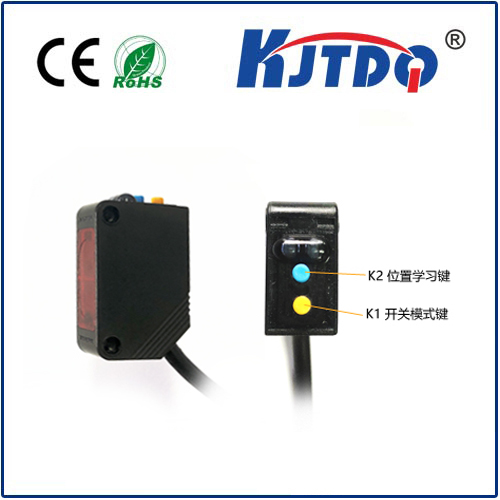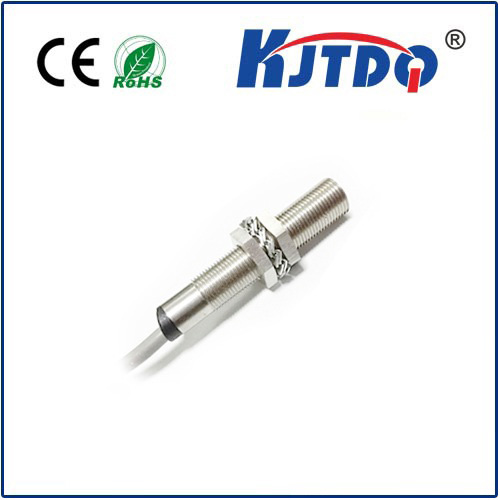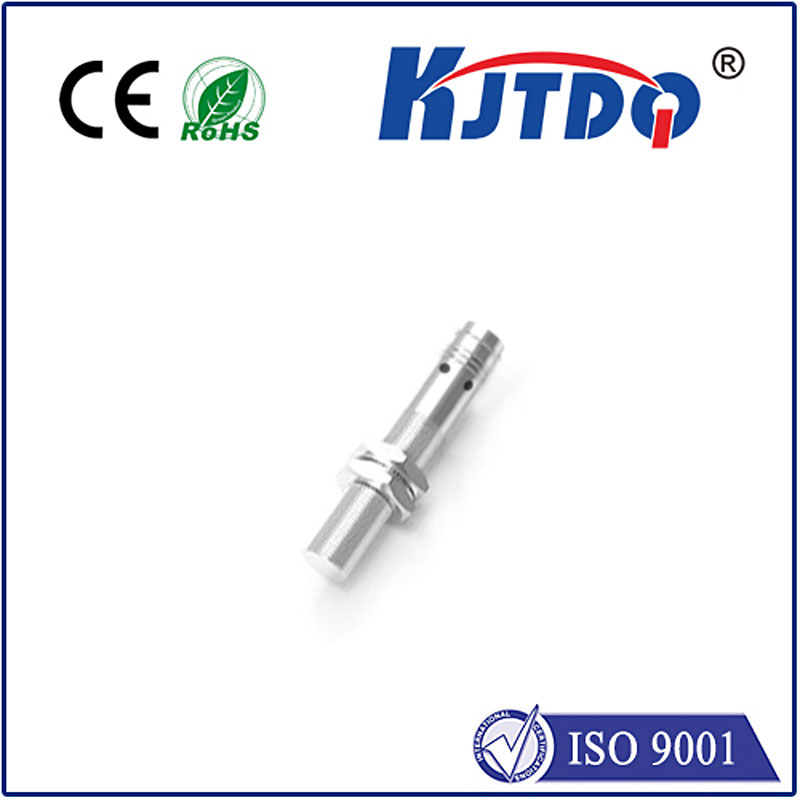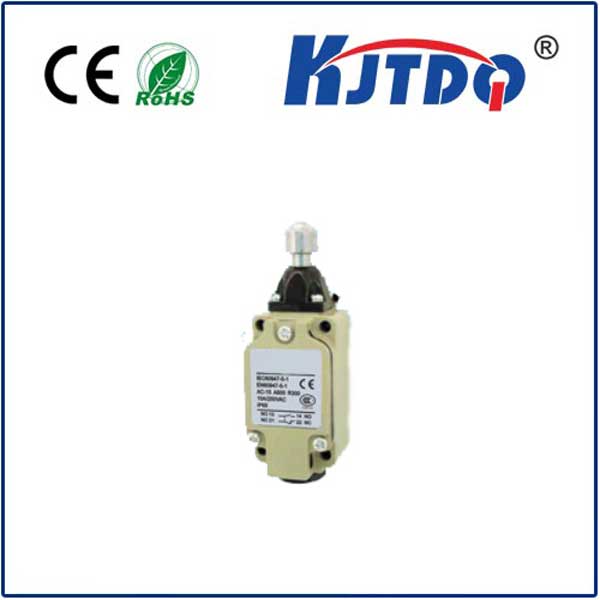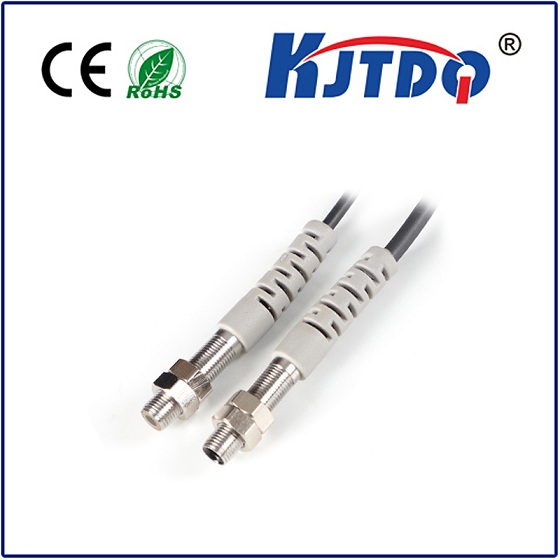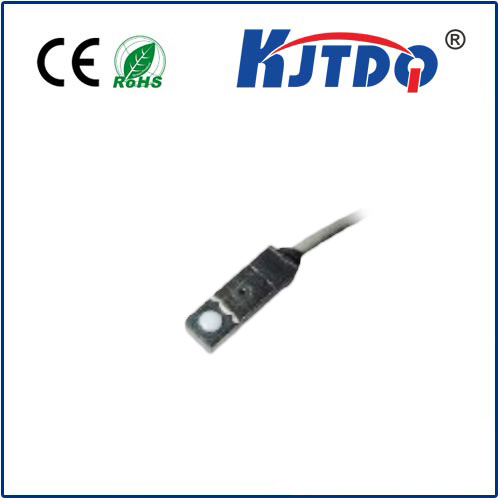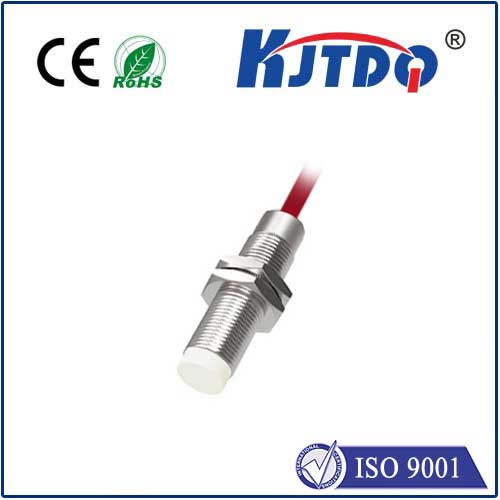
check

check

check

check
Title: Mastering the Basics of Double Pole Limit Switches for Optimal Control
In the world of control systems, double pole limit switches (DPLS) are a critical component that ensures safe and efficient operation. These switches, also known as safety switches or emergency stop buttons, play a vital role in protecting personnel and equipment from harm. By understanding the basics of DPLS and how they work, you can optimize your control system's performance and ensure maximum safety. In this article, we will delve into the intricacies of DPLS, their functions, and applications in various industries.
First and foremost, let's define what a DPLS is. A DPLS is a type of switch that consists of two metal contacts connected by a conductor. When one contact is brought into contact with the conductor, it closes the circuit, effectively turning off the power to the controlled device. This allows operators to immediately halt any process or movement that may be causing harm or damage. DPLSs are commonly used in industrial settings, such as manufacturing plants, food processing facilities, and construction sites, where safety is of utmost importance.
The two types of DPLSs are normally open (NO) and normally closed (NC). A NO switch remains open when there is no contact between the contacts, while an NC switch closes the circuit when the contacts are brought into contact. The choice between NO and NC switches depends on the specific application and requirements of the control system. For example, in some cases, a NO switch may be used to allow for manual override of the automated system, while an NC switch may be required for emergency stop operations.
DPLSs are often used in combination with other safety devices, such as relays, sensors, and actuators, to create a more sophisticated control system. By integrating these components, operators can monitor and adjust various parameters of the process, ensuring optimal performance and minimizing risks. For example, a DPLS combined with a temperature sensor can detect when the material being processed has reached a dangerous level and trigger an alarm or shut down the system automatically.
DPLSs also come in various shapes and sizes, depending on the application and requirements. Some common designs include push-pull (single pole), latching (dual pole), and multi-turn (three-pole) switches. The choice of design affects the amount of force required to activate the switch and thus the sensitivity of the control system. Additionally, DPLSs can be labeled with different colors or symbols to indicate their function and location within the control system.
In conclusion, double pole limit switches play a crucial role in ensuring safe and efficient operation of control systems in various industries. By understanding the basics of DPLSs, including their functions, types, and applications, operators can optimize their systems' performance and minimize risks. As the demand for automation continues to grow, it is essential to invest in high-quality DPLSs and other safety devices to protect personnel and equipment from potential harm. With proper care and maintenance, DPLSs can provide reliable protection for decades to come.

